How to Choose the Right Hardcover Book Cover Material for Your Book
 Oct 24,2025
Oct 24,2025

 SESE
SESE
How to Choose the Right Hardcover Book Cover Material for Your Book
1. Introduction
When it comes to producing a professional and visually appealing hardcover book, the cover material plays a crucial role. It’s the first thing readers touch and see, influencing how they perceive your book’s quality and style. Whether you’re printing a novel, photo book, or special edition collectible, choosing the right cover material can elevate your book from standard to stunning.
With custom hardcover printing, you can personalize every detail, from texture and finish to color and feel.
Moving beyond the standard options, let's explore the premium materials available in custom printing to help you make an informed choice that perfectly suits your book.
2. Understand the Common Hardcover Cover Materials
When it comes to creating a professional and durable hardcover book, the choice of cover material plays a major role in both the book’s appearance and longevity. Here are the most common hardcover cover materials used in custom book printing:
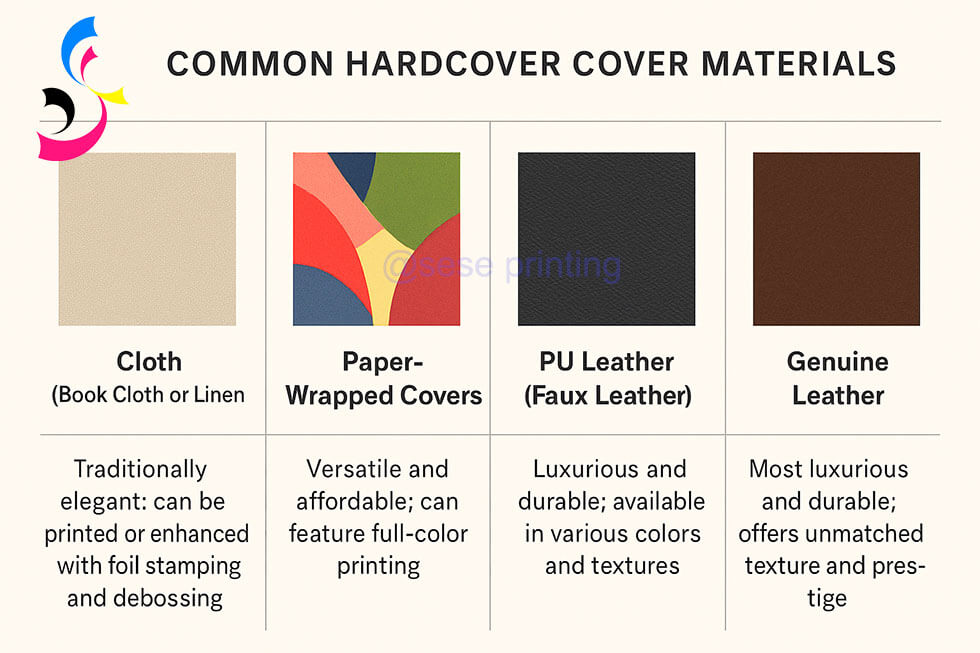
A. Cloth (Book Cloth or Linen)
Cloth covers—often made from cotton, linen, or synthetic blends—offer a traditional, elegant appearance. They are popular for premium editions, art books, or literary works. Cloth can be left plain, printed, or enhanced with foil stamping and debossing.
Pros: Classic look, durable, and suitable for embossing/foil finishes.
Best for: Collector’s editions, literature, and high-end custom projects.
B. Paper-Wrapped Covers
This is one of the most versatile and affordable options. The cover is made by wrapping printed paper (coated or uncoated) around the hardboard. Designers can print full-color artwork, illustrations, or patterns directly on the paper before lamination.
Pros: Fully customizable with vivid printing; cost-effective.
Best for: Novels, children’s books, art books, and commercial titles.
C. PU Leather (Faux Leather)
PU leather or imitation leather gives a luxurious, tactile feel similar to genuine leather but at a lower cost. It’s available in various textures and colors and can be enhanced with foil stamping or debossing for a refined finish.
Pros: Premium appearance, durable, easy to clean.
Best for: Special editions, corporate gifts, journals, or religious books.
D. Genuine Leather
Real leather covers are the most luxurious option and are typically used for collectible or commemorative editions. They offer unmatched texture, durability, and prestige.
Pros: Extremely durable, timeless look, and feel.
Best for: Limited editions, Bibles, or luxury gift books.
E. Printed Fabric or Canvas
Printed fabrics or canvases provide a tactile and artistic option that combines texture with printability. They are perfect for custom projects where you want both a creative design and a high-end finish.
Pros: Unique aesthetic, excellent texture, customizable print.
Best for: Art books, lifestyle books, and bespoke editions.
Choosing the right material depends on your budget, target audience, and the book’s intended purpose. Each option offers a different balance between cost, style, and durability, so it’s worth discussing with your printing partner to find the best fit for your project.
3. Choose the Right Lamination or Finish
The finish applied to your cover material is crucial for both protection and visual impact.
Matte Lamination |
|
|
Matte lamination gives your cover a soft, elegant, and non-reflective finish. It feels smooth to the touch and provides a sophisticated appearance. However, it can show scratches more easily than glossy options.Pros: Modern, high-end look; reduces glare; pleasant texture.Best for: Novels, design books, and special editions with subtle aesthetics. |
Gloss Lamination |
|
|
Gloss lamination provides a shiny, reflective surface that enhances color vibrancy and contrast. It’s durable and resistant to moisture and dirt, making it ideal for covers with vivid artwork or photography.Pros: Bright, eye-catching finish; strong protection against handling.Best for: Children’s books, cookbooks, art books, and colorful covers. |
Soft Touch Lamination |
|
|
Also known as “velvet touch,” this finish gives the cover a luxurious, smooth, suede-like texture. It’s elegant, tactile, and increasingly popular for premium book editions.Pros: Luxurious feel; resists fingerprints; enhances perceived quality.Best for: Romance novels, limited editions, or gift books. |
Spot UV |
|
|
Spot UV is a glossy coating applied to specific areas of the cover—such as titles, logos, or images—to create a contrast between shiny and matte surfaces. It highlights key elements and adds visual depth.Pros: Draws attention to design elements; adds texture and dimension.Best for: Branding-focused books, special editions, or modern designs. |
Foil Stamping |
|
|
Foil stamping uses metallic or pigmented foil pressed into the cover using heat. Gold, silver, rose gold, and holographic foils are popular choices for adding elegance and luxury.Pros: Eye-catching metallic shine; adds prestige and texture.Best for: Premium editions, luxury brands, and commemorative books. |
Embossing |
|
|
Embossing raises selected areas of the cover surface to create a three-dimensional effect. It adds texture and depth, making titles, logos, or design elements stand out both visually and to the touch.Pros: Adds tactile interest and a premium feel; highlights key design elements elegantly.Best for: Luxury books, branding-focused covers, and special editions that emphasize craftsmanship and detail. |
Debossing |
|
|
Debossing presses specific areas of the cover inward, creating an indented impression. It offers a subtle, sophisticated look and is often combined with foil stamping or spot UV for added contrast.Pros: Creates a refined, understated texture; pairs beautifully with metallic foils or matte finishes.Best for: Elegant hardcover books, minimalist designs, and high-end custom editions. |





 Home
Home


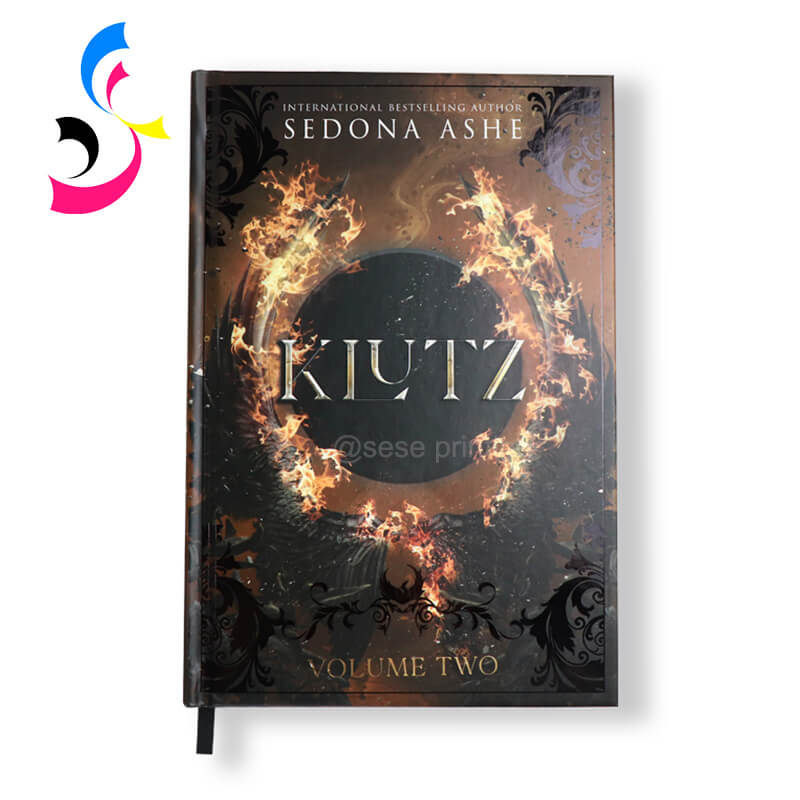
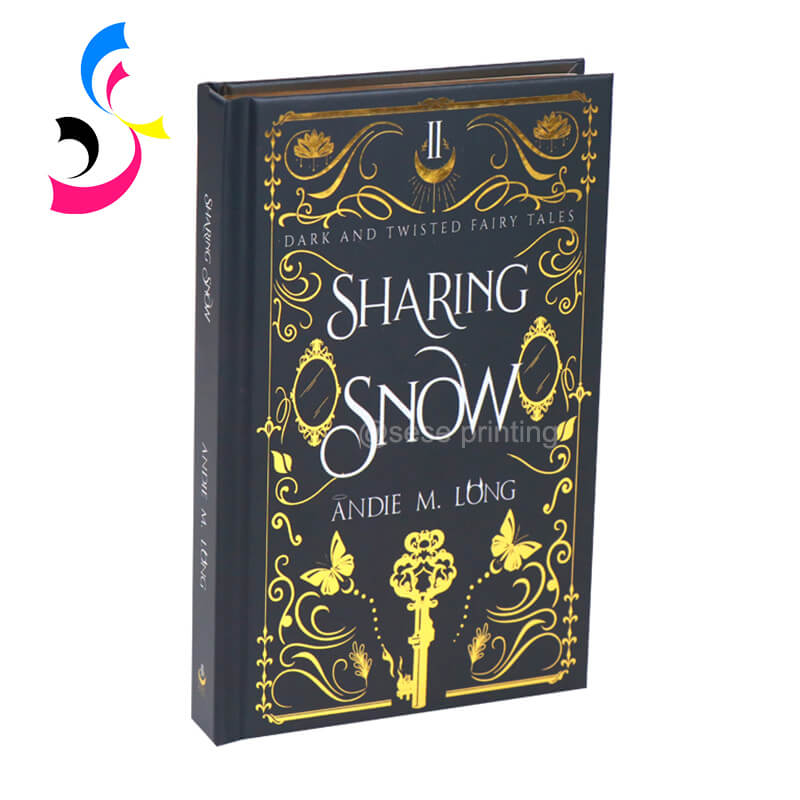
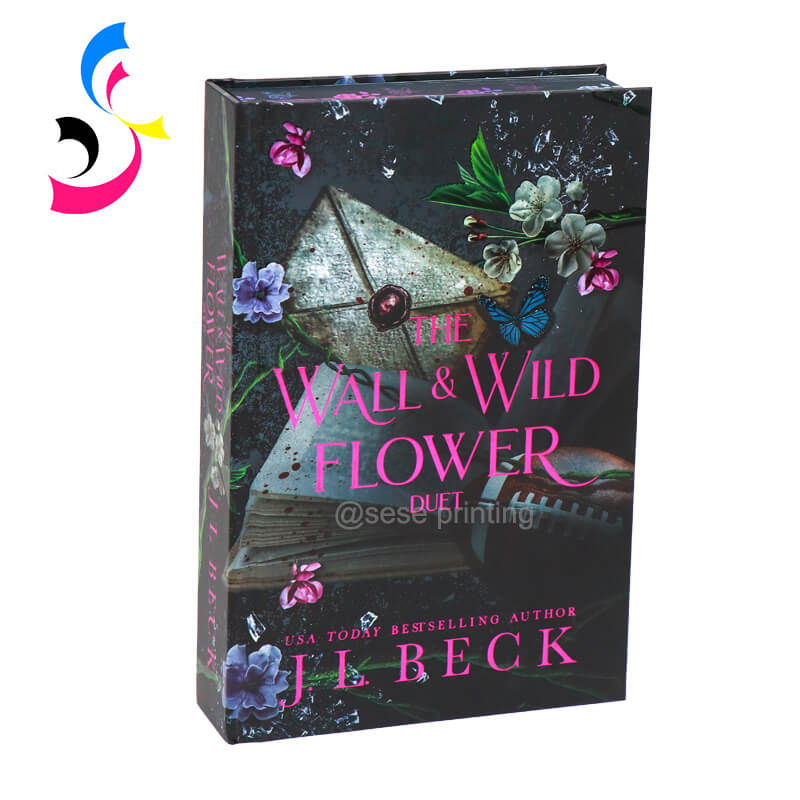

 How Edge Printing Can Transform Your Print Products
How Edge Printing Can Transform Your Print Products  You May Also Like
You May Also Like


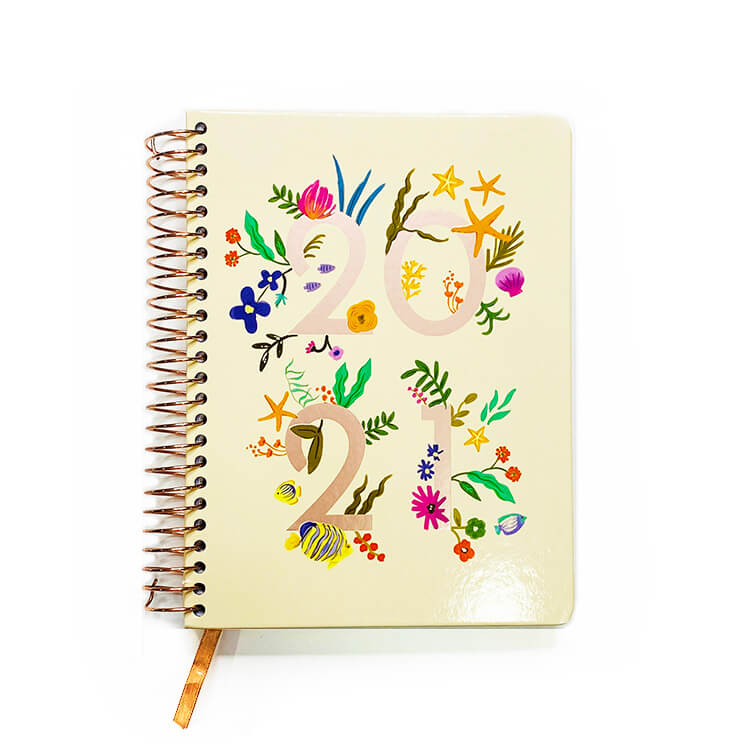

 Tel
Tel
 Email
Email
 Address
Address







